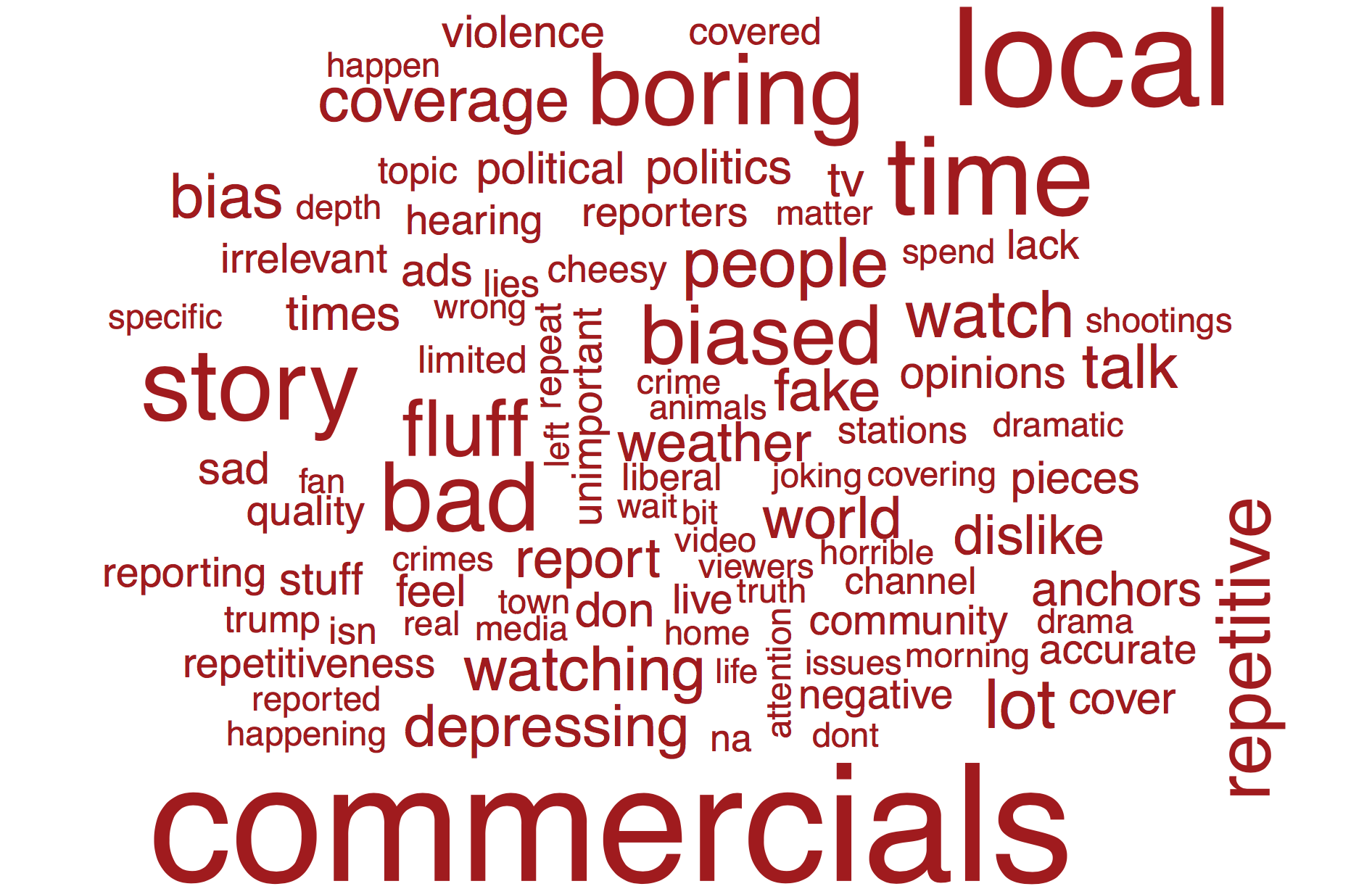The Facts About Local News Online Uncovered
The Facts About Local News Online Uncovered
Blog Article
Some Known Details About Local News Online
Table of ContentsWhat Does Local News Online Do?Excitement About Local News OnlineThe 25-Second Trick For Local News OnlineNot known Incorrect Statements About Local News Online Local News Online Fundamentals ExplainedLocal News Online Things To Know Before You Get This
The number of times an article obtains shared on is relevant for activists, political leaders, writers, online-publishers and advertisers. They therefore have a passion in recognizing the variety of shares, ideally even predicting it before the short article is being published. With new techniques of such as it is possible to obtain understandings right into the core features of a write-up.The features are composed of variables defining words, links, digital media, time, keywords, insights from and the number of post shares. With the dataset being openly offered, a fair amount of data evaluation has actually been carried out.
30 November 2020. The verdict is, that the ordinary search phrases within a post and the average popularity of said keyword phrases have the greatest effect on the amount of shares a short article receives.

The 2-Minute Rule for Local News Online
Archived from the initial on Sep 28, 2007. Andersen, Kurt (15 February 2007). "You Need to Be Streaming". NYMag. Archived from the original on Nov 29, 2023. Silberman, Steve (17 March 1997). Wired. Archived from the original on Apr 29, 2023. Shedden, David (2004-12-16). "New Media Timeline (1980 )". Poynter. Archived from the original on Feb 3, 2024.
BBC Information. Pew Research Center's Journalism Project. Reuters Institute Digital Information Record 2013.
This year's report can be found in the middle of an international wellness pandemic that is unprecedented in modern times and whose economic, political, and social repercussions are still unfolding. The severity of this dilemma has strengthened the requirement for reputable, accurate journalism that can educate and inform populations, yet it has likewise advised us how open we have actually come to be to conspiracy theories and misinformation.

Some Ideas on Local News Online You Should Know
Journalism issues and is in need once again. One issue for publishers is that this extra rate of interest is generating also less revenue as advertisers support for an inevitable recession and print earnings dips. Against this history it is likely we'll see a further drive towards digital registration and other visitor settlement models which have shown substantial guarantee in the last few years.
At the same time, the use of online and social media sites considerably enhanced in many nations. WhatsApp saw the biggest development generally with increases of around ten portion factors in some countries, while majority of those checked (51%) utilized some type of open or closed on the internet team to connect, share info, or participate in a neighborhood support network.
Media trust fund was even more than two times the degree for socials media, video platforms, or messaging services when it concerned details regarding COVID-19. From our bigger dataset accumulated in go right here January: Worldwide worries concerning false information remain high. Also before the coronavirus dilemma hit, majority of our global sample claimed they were concerned regarding what holds true or false online when it pertains to information.
Some Known Incorrect Statements About Local News Online
In our January poll across countries, much less than 4 in 10 (38%) said they trust most news a lot of the time a here fall of four percent points from 2019. Much less than fifty percent (46%) said they rely on the news they utilize themselves. Political polarisation linked to climbing uncertainty appears to have actually undermined rely on public broadcasters in certain, which are shedding support from political partisans from both the right and the left.
Partial preferences have somewhat boosted in the United States since we last asked this inquiry in 2013 however even here a quiet majority seems to be seeking information that at least tries to be objective. As the information media adjust to altering designs of political interaction, lots of people (52%) would choose them to prominently report false declarations from political leaders instead of not emphasise them (29%).
We have seen considerable boosts in settlement for online news in a number of countries consisting of the USA 20% (+4) and Norway 42% (+8 ), with smaller sized rises in a series of various other markets. It is essential to keep in mind that throughout all countries the majority of people are still not spending for on the internet news, even if some authors have actually since reported a 'coronavirus bump'.
Get This Report on Local News Online
Subscribers think they are improving information. A big number of people are perfectly material with the news they can access for complimentary and we observe an extremely high percentage of non-subscribers (40% in the U.S.A. and 50% in the UK) who claim that absolutely nothing can convince them to pay.
Access to news proceeds to become extra dispersed (Local News Online). Across all countries, just over a quarter (28%) like to begin their information journeys with an internet site or application. Those aged 1824 (so-called Generation Z) have an even weaker link with internet sites and applications and are greater than two times as likely to prefer to access news by means of social networks
To counter the transfer to numerous platforms, authors have actually been looking to construct straight links with consumers by means of e-mail and mobile alerts. In the USA one in 5 (21%) gain access to an information e-mail weekly, and for virtually half of these it is their main way my sources of accessing information. North European countries have been a lot slower to adopt email news channels, with just 10% utilizing e-mail information in Finland.
Report this page